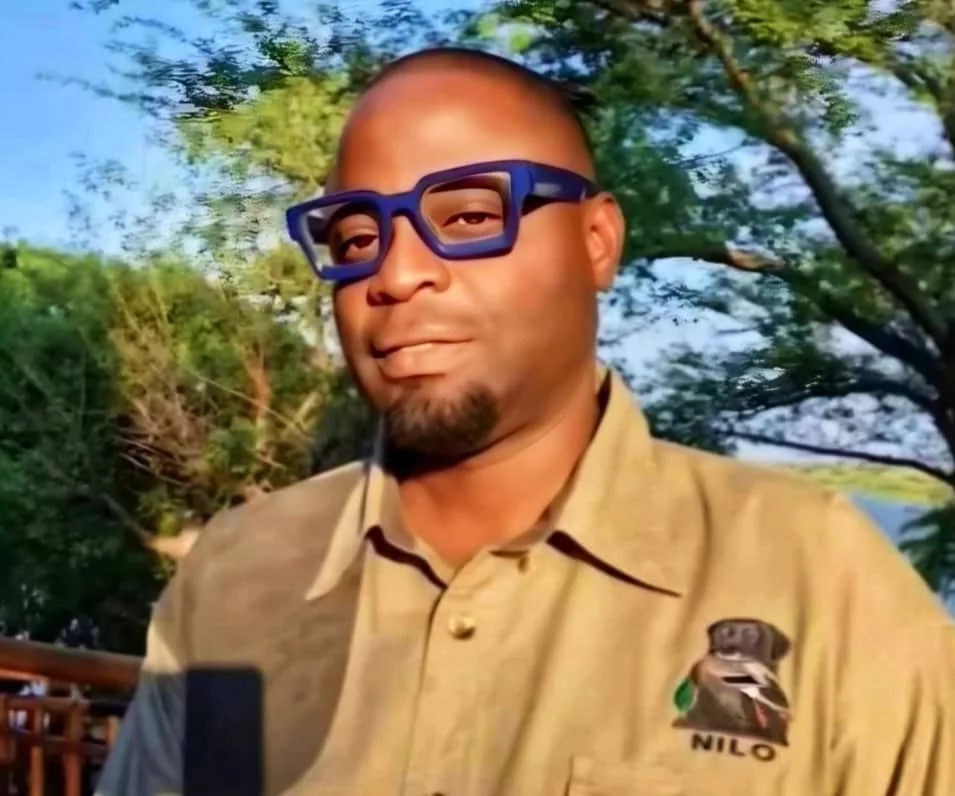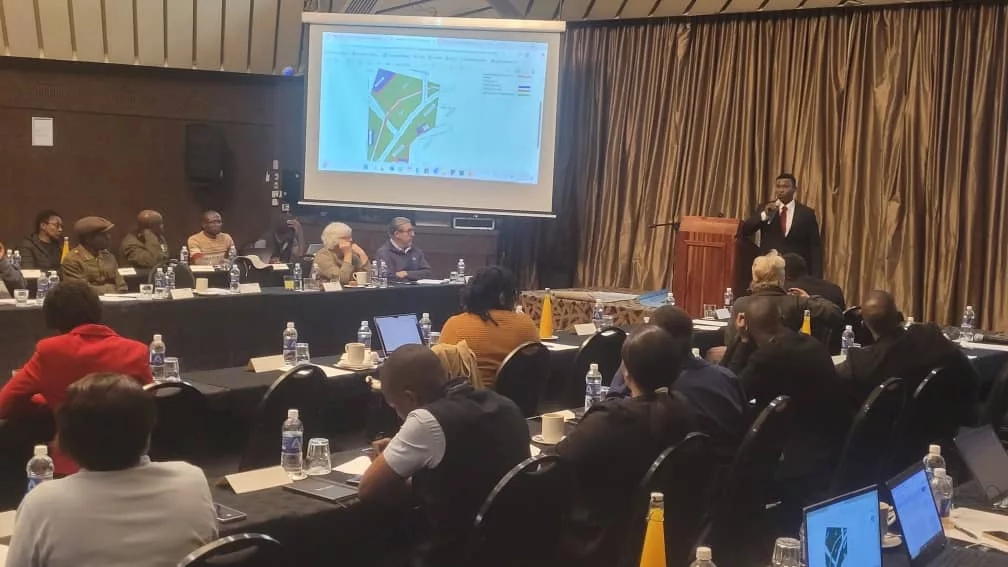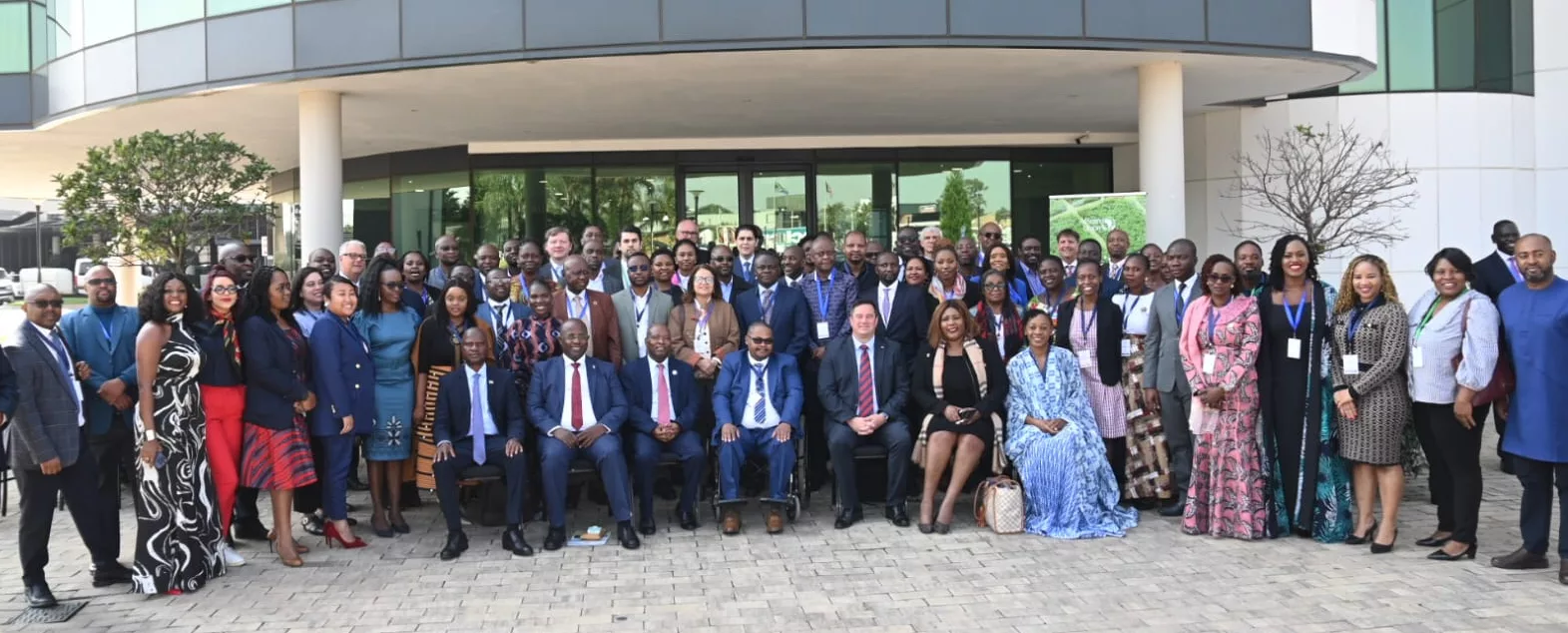|
Getting your Trinity Audio player ready...
|
By Joyce Mukucha
The UN Office for the Coordination of Humanitarian Affairs (OCHA) on Friday launched a humanitarian flash appeal for the Kenya drought response as no fewer than 2.5 million people in different communities of the country’ s dry regions categorized as Arid and Semi-Arid Lands (ASAL) experience food insecurity.
The Kenya Drought Flash Appeal calls for nearly $139.5 million to deliver relief to 1.3 million people whose lives have been hardest hit by the crisis.
An estimated $28.5 million has already been received from donors, including $5 million from the United Nations Central Emergency Response Fund.
The appeal brings together 45 humanitarian partners, including UN agencies, international non-governmental organizations (NGOs), national NGOs, and the Kenya Red Cross Society, to complement the Government’s response to the drought crisis in the ASAL region.
OCHA said,” Immediate action is needed to respond to the severe drought that is ravaging these communities. Two and half million people are already experiencing deep food insecurity after two back-to-back rainy seasons failed. By November, it will have nearly tripled since the same time last year,” OCHA warned.
Launching the humanitarian Flash Appeal for the Kenya Drought response, UN Resident Coordinator for Kenya Stephen Jackson said there was need to do everything possible, immediately, to protect the lives of those already impacted by this deep and cruel drought.
“People in the ASAL region are facing a dire situation. We need to deliver a full package of support in countries that will face the deepest and most severe needs in the months to come,” he said.
Speaking from Nairobi, Jackson said people in Wajir, Northern Kenya, had not seen rain for over a year highlighting that acute malnutrition rates were rapidly rising posing an imminent risk to children and pregnant and lactating women.
According to UN News, he described how a mother at the El-Nur Clinic supported by the World Food Programme (WFP) and the UN Children’s Fund (UNICEF) “told him she could not feed her children that morning and does not know if she would be able to put food on the table that evening.
“Many of her livestock have already died because of the drought”. And all of this comes on top of the 2017 drought, COVID, and the recent locust infestations.
“I met with women, men, and children in Wajir, who all told me how their lives are being upended by the drought.
“It is imperative that we act now, working closely with communities and community-led organizations, to alleviate the suffering that has been caused by back-to-back poor rainy seasons. Should the October ‘short rains’ now fail – as they are projected to do – Kenya will be facing an even deeper crisis,” said Jackson.
He further pointed out that Kenya’s Government has already been responding to the crisis. Ksh 1.7 billion (around $17 million) in public funds has already been allocated and Kenya has announced a further Ksh two billion ($20 million).
“Since January the UN and international partners have already been reaching almost half a million people to protect their lives and their livelihoods, “But it is not enough”. he said.
The UN Resident Coordinator for Kenya said Kenya urgently needs approximately $60 million for food and job security, $40 million for nutrition, $20 million for Water, Sanitation, and Hygiene (WASH), some $10 million for health investments, and $7 million for education and other related sectors.
Welcoming how the UN system in Kenya had already come together to “respond as one”, Jackson insisted on the urgency of the situation:
“The time to act is now”. International support will save lives and livelihoods,” he said.
He also noted that there was a severe impact of the global climate emergency is being felt across the Horn of Africa.
Referring to the recent Inter-Governmental Panel on Climate Change report he pointed out that “once sporadic droughts in Africa are becoming much more frequent, more severe and more long-lasting”.
“Neither Kenya nor the African continent was major culprits in creating the climate emergency yet they are amongst those most heavily impacted by it. We must do everything we can, immediately, to protect the lives of those already impacted by this deep and cruel drought.”






